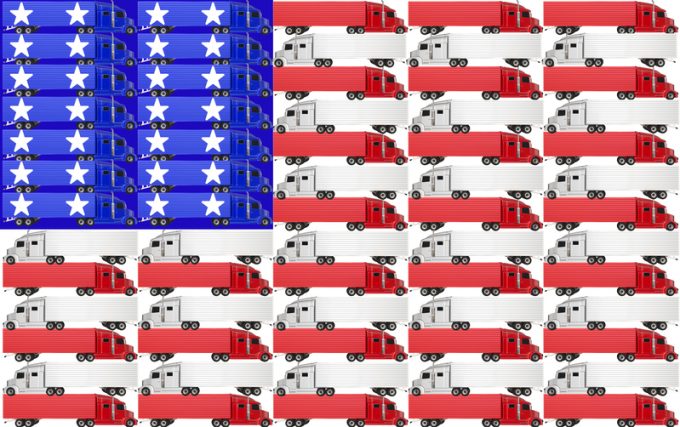Vietnam gains manufacturing ground – but will this provoke US tariffs?
Vietnam is gaining ground as an alternative to China, but there are warnings that too-rapid ...

Government and industry have found themselves at a crossroads in which the latter must choose resilience over short-term cost if supply chains are to continue functioning amid deteriorating geopolitical relations.
Dr Walter Kemmsies, shipping advisor for The Kemmsies Group, told The Loadstar that the US and European governments were pushing a fundamental remodelling of trade in response to fracturing globalisation.
“Look at what the US has been doing, and is continuing to do – it is ...
Semiconductors could compensate for air freight's lost ecommerce traffic
'Weakened' Maersk paying a heavy price for its lack of fleet growth
US shippers slam USTR port fee plan – 'an apocalypse for trade'
Forwarders predict fall in airfreight rates as ecommerce eyes sea freight
'More pronounced' demand slump drives container spot freight rate declines
US port call fees would force ACL to exit transatlantic trade, says CEO
Despite sourcing shifts, 'don't write-off China', says CMA CGM CCO

Comment on this article
Connie Papageorge
July 01, 2024 at 4:29 pmSo the Amercans buy from the Mexicans, and the Mexicans buy from the Chinese. The Americans are then proud to be near-shoring…